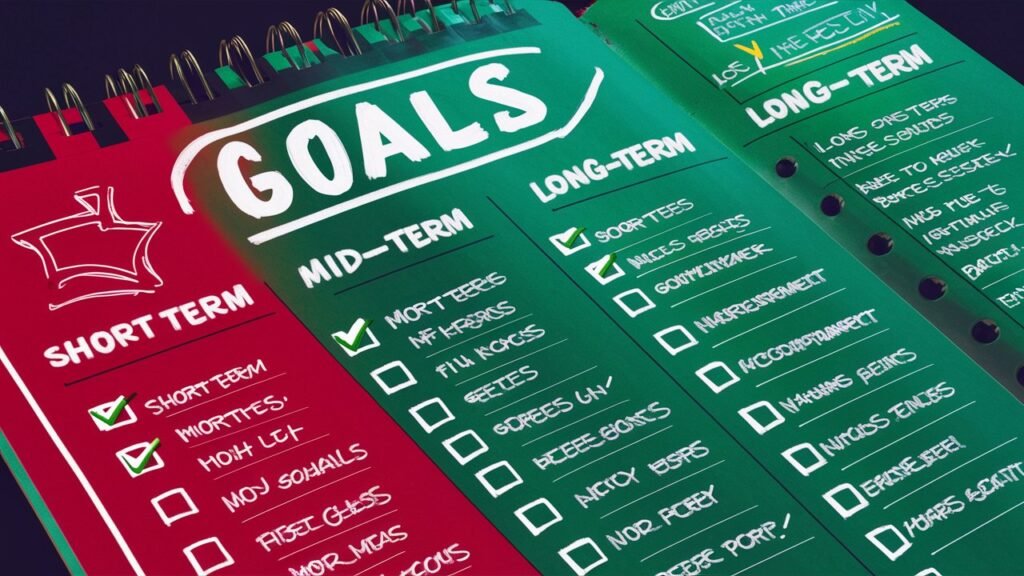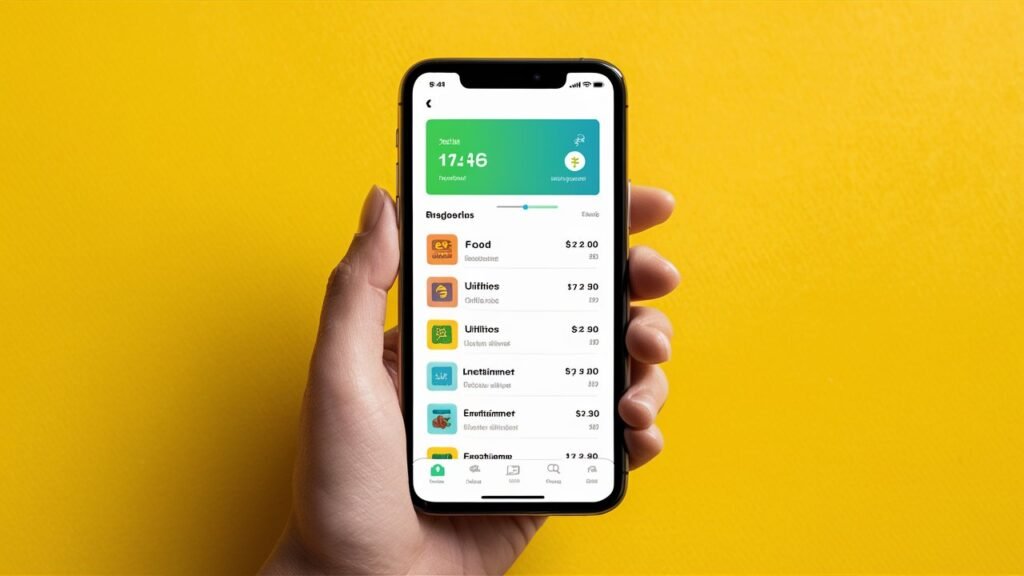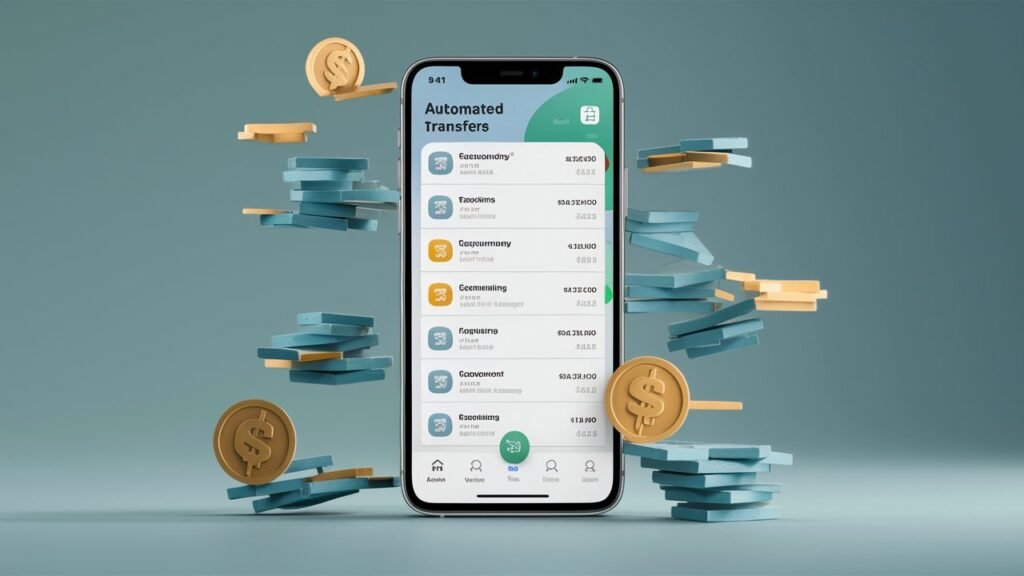Introduction
Being financially mindful In today’s fast-paced world, keeping up with managing the money they have can put people under a lot of pressure. Costs have been piling up, the financial goals look like a distant dream, and the incessant pressure of spending clouds judgment. This is where the emerging concept of financial mindfulness comes into play. Financial mindfulness is the practice of being present and intentional about how one handles one’s money. It is about feeling the real value of how every dollar earned and every dollar spent aligns habits with his long-term goals of financial literacy and practicing decision-making in order to take steps closer to attaining monetary well-being.
In beginners’ hands, practicing financial mindfulness might seem very challenging, especially if they’re balancing many responsibilities or dealing with some kind of financial stress. The fact is, you don’t need to turn your financial life upside down in order to be financially mindful. Taking small, consistent steps toward mindful money management can create a safe environment for learning over the long haul. Practicing financial mindfulness is not meant to be punishing, but empowering with tools and techniques that breed confidence and peace into the house of money.
This guide introduces you to ten simple yet effective ways to start practicing financial mindfulness. From setting goals and tracking expenses to reflecting on your financial journey, each tip is designed to help you build a healthier relationship with money. Let’s dive in and discover how these mindful habits can set you on a path to financial clarity and freedom.
CTA: Ready to take control of your finances? Join our community and receive a free guide on financial mindfulness, packed with practical tools to simplify your money journey!
1. Set Clear Financial Goals
Goals provide a roadmap for where you want to go financially and why. Whether you’re saving for an emergency fund, dreaming of buying a house, or building a retirement nest egg, making sure that there are clear, realistic goals in place allows you to deal with your finances in an intentional manner rather than reacting to any expenses that come up.
How to Start:
- Write down three types of financial goals: short-term (e.g., saving for a holiday), mid-term (e.g., paying off student debt), and long-term (e.g., retirement).
- Break each goal into smaller, actionable steps. For example, if you’re saving for a down payment, calculate how much you need to save each month.
- Review your goals regularly. Financial situations change, and so should your goals if necessary.

2. Track Your Spending Consistently
One of the easiest and simplest ways to cultivate financial mindfulness is to be well aware of what happens to your money every month. For many of us, it’s the trivial, everyday expenses that slip under the radar only to land a broad bang at the end of the month. By tracking your spending habits, you can spot where your money is wasted and make those much-needed changes that will help you stay on the straight and narrow when dealing with your finances.
How to Start:
- Use a budgeting app (like Mint or YNAB) or a spreadsheet to categorize and monitor your expenses.
- Divide spending into categories, such as housing, groceries, transportation, entertainment, and personal care.
- Review your expenses at the end of each month to see if your spending aligns with your goals. Make a note of any categories where you might want to cut back.

3. Separate Needs from Wants
Being financially mindful means being aware of the distinction between needs (essential expenses) and wants (discretionary spending). It entails taking a moment before a purchase to think about whether it’s necessary or just a fleeting longing. Doing so isn’t about deprivation either; rather, it’s worth it to make sure that whatever you buy adds real value to your life.
How to Start:
- When you feel the urge to buy something, take a moment to reflect. Ask yourself, “Do I need this, or is it just something I want?”
- Create a “needs vs. wants” list at the start of each month. This can help you focus on essential items and prioritize mindful spending.
- Apply the “24-hour rule” for discretionary purchases. If you still feel that it’s worth buying the next day, then go for it.

4. Build a Realistic Budget
A budget is not an imposition upon one’s enjoyment of life; rather, it is a reasonable guide in the directing of your income toward your goals. When you’re informed of your spending, you’re capable of quickly adjusting, saving, and spending wisely.
How to Start:
- Start by listing all income sources and recurring expenses (rent, utilities, groceries).
- Set spending limits for variable expenses like dining out or hobbies. Make sure your budget allows some flexibility for occasional treats.
- Track your actual spending against your budget each month to see where you can make improvements.

5. Practice Daily Gratitude for Your Finances
Gratitude can bring about a paradigm shift from the scarcity mindset toward an appreciation of what you already possess. This habit can greatly influence the spending habit. If you’re grateful for what you have, you’d less likely chase the short-lived pleasure these purchases bring that are not in line with your long-term goals.
How to Start:
- Start a gratitude journal where you write down three things you’re grateful for, including financial aspects (e.g., a stable income, a recent savings milestone).
- Reflect on non-material things that bring you happiness, such as relationships, health, or time spent doing something you love.
- Notice how this shift in perspective can reduce impulse spending and help you stay committed to your goals.

6. Automate Savings and Bill Payments
Automation removes the pressure from saving and bill management. When automatic transfers are set up, they keep you committed to your financial goals, and thus, lessen the chances that you’ll miss important payments. This also allows you extra security and stability, which is a must for mindfulness.
How to Start:
- Set up automatic transfers from your checking account to a savings or investment account each payday.
- Automate bill payments to avoid late fees and reduce the mental load of tracking due dates.
- Periodically review your automated payments to ensure they still align with your current financial situation.

7. Regularly Review Your Bank Statements
In order to understand personal spending habits and to catch any unwarranted fees or errors, check bank statements regularly. It is a reflective practice where a person gets a clearer idea of personal money expenditure and helps in maintaining accountability as well.
How to Start:
- Set a monthly reminder to review your bank statements.
- Look for patterns, such as regular spending on certain items or frequent small purchases that add up.
- Identify any subscriptions or recurring payments that no longer serve you and cancel them if needed.

8. Declutter Your Finances
To simplify your finances is one form of decluttering that removes the mental clutter and makes it easier to stay aware. This should include canceling subscriptions you don’t need, combining accounts, and organizing important paperwork.
How to Start:
- List all financial accounts and subscriptions. Cancel or close any that are unnecessary.
- Organize your financial documents in a dedicated space, whether physical or digital.
- Go paperless by opting for electronic statements and digital copies of essential records.

9. Adopt a Mindful Spending Approach
Mindful spending encourages you to focus on quality and purpose. Rather than purchasing things impulsively, practice mindful spending by choosing items that add long-term value to your life.
How to Start:
- Ask yourself if a purchase aligns with your values and goals.
- Prioritize quality over quantity, investing in items that will last longer and serve you better.
- Challenge yourself to a “no-spend” day or week where you only spend on necessities.
10. Reflect on Your Financial Journey Regularly
Reflection is crucial for financial mindfulness. By taking time to assess your progress, celebrate small wins, and learn from challenges, you create a more conscious and empowering relationship with money.
How to Start:
- Set aside time each month to reflect on your financial progress, wins, and any areas of improvement.
- Journal about your financial experiences, noting any insights or new strategies you’d like to try.
- Adjust your financial goals or strategies as your circumstances change.
Conclusion
Financial mindfulness is a pilgrimage you must take to be more deliberate in your money management and stress-free with the utmost satisfaction. Following these ten steps, you will cultivate an attitude of mindfulness that can create a positive ripple effect across your financial well-being. Remember, each and every one of your tiny steps counts toward building the future of your dreams.
CTA: Ready to start your journey toward financial peace? Subscribe to our newsletter for practical tips, exclusive resources, and ongoing support in your financial mindfulness journey!
FAQs
Q: What is financial mindfulness?
A: Financial mindfulness is the practice of being present, conscious, and intentional with your money, aligning spending and saving habits with your personal values.
Q: Can practicing financial mindfulness improve my finances?
A: Absolutely! By practicing mindful spending, budgeting, and goal-setting, you can reduce financial stress, make more purposeful decisions, and build a healthier financial foundation.
Q: Do I need specific tools to start with financial mindfulness?
A: You don’t need any special tools, although budgeting apps, journals, and simple spreadsheets can help track progress and keep you accountable.
Q: How frequently should I practice financial mindfulness?
A: Consistency is key. Practice small habits daily, such as tracking spending or reflecting on gratitude, and schedule monthly reviews to assess progress.
Q: Is financial mindfulness the same as frugality?
A: No, financial mindfulness is about being intentional and purposeful with money, not simply reducing expenses. It’s about aligning your spending with your values, which may or may not involve cutting costs.



